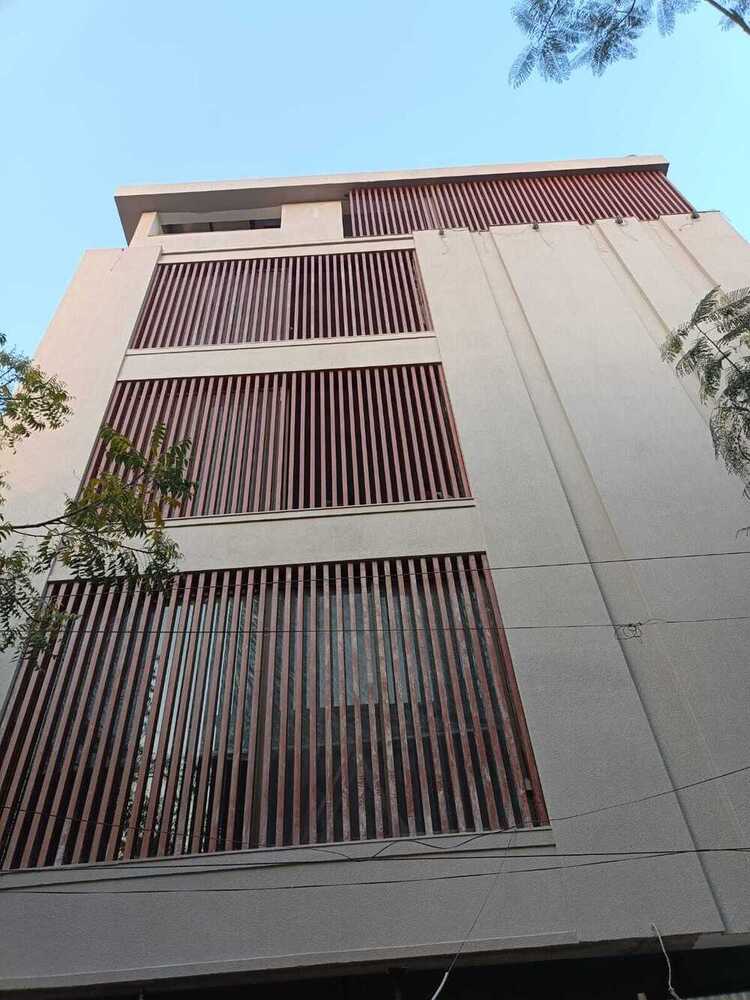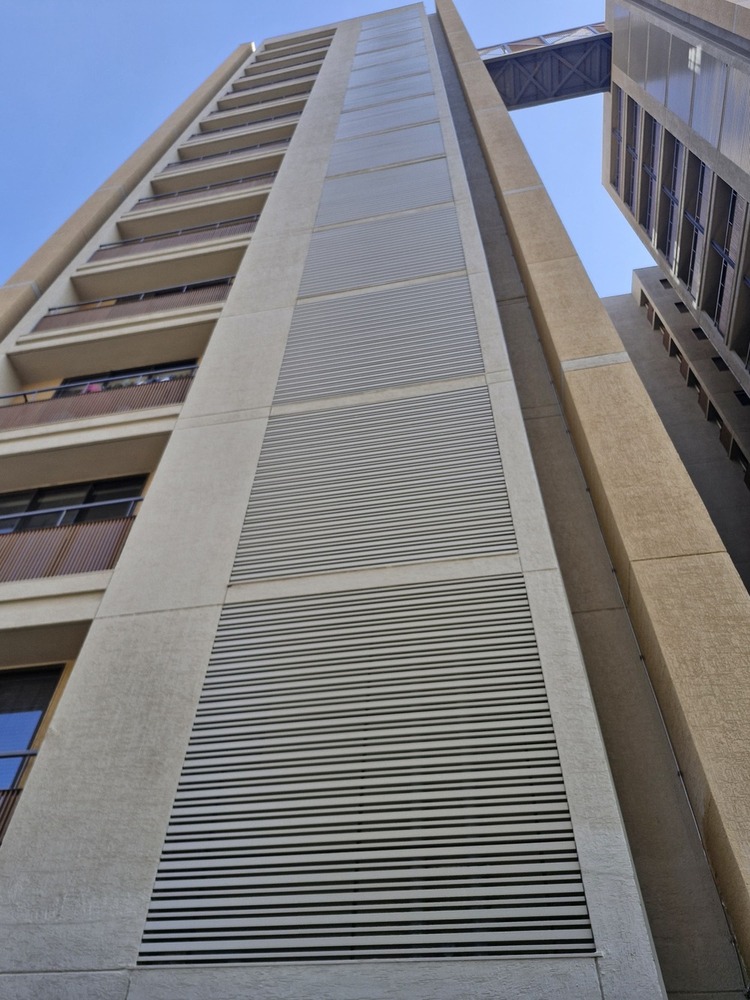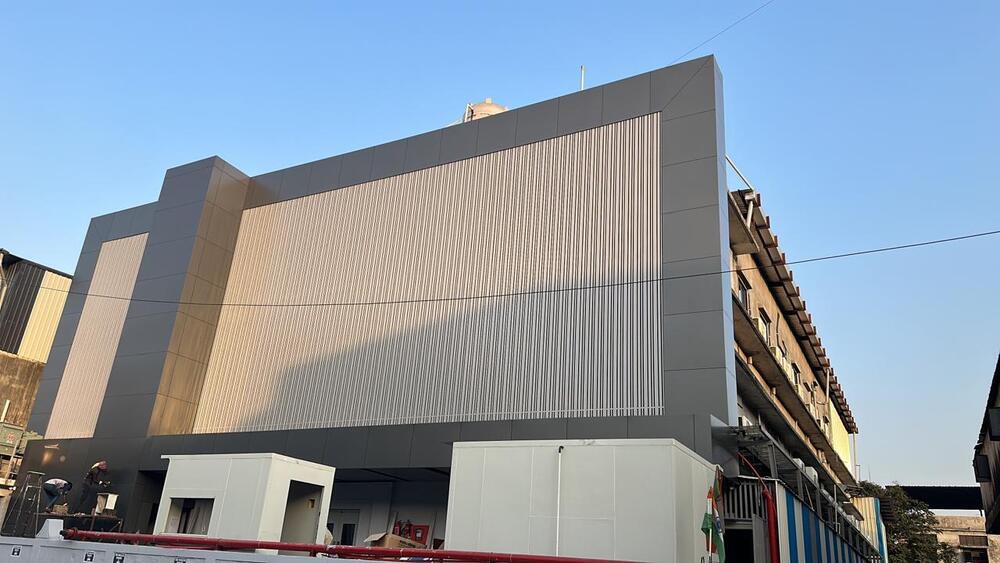Powder Coated Louvers
Product Details:
- Product Type DUCT COVER
- Material GI/ALU.
- Usage EXTERIOR
- Application RESIDENTIAL & COMMERCIAL
- Size 10 FT
- Color CUSTOMISED
- Capacity 7 TO 8 Ton
- Click to View more
Powder Coated Louvers Price And Quantity
- 5000 Square Foot
- 150 INR/Square Foot
Powder Coated Louvers Product Specifications
- EXTERIOR
- WATERPROOF
- 10 FT
- RESIDENTIAL & COMMERCIAL
- GI/ALU.
- DUCT COVER
- 7 TO 8 Ton
- CUSTOMISED
Powder Coated Louvers Trade Information
- Ahmedabad
- 10000 Square Foot Per Day
- 15 Days
- Yes
- Free samples are available
- BOX PACKING
Product Description
EXTERIOR LOUVERS FOR BUILDINGSThese are installed in commercial, institutional, and residential buildings for:
-
Ventilation
-
Sun shading
-
Rain/storm protection
-
Privacy
-
Architectural design enhancement
-
Purpose: Allow airflow while blocking rain, debris, or animals
-
Typical Use: Mechanical rooms, rooftop equipment, fresh air intakes/exhausts
-
Features: Fixed blades, optional insect/bird screens, high free-area %
-
Purpose: Reduce solar gain, improve thermal comfort & energy efficiency
-
Typical Use: South- and west-facing facades, windows
-
Features: Horizontal or vertical orientation, fixed or operable blades
-
Bonus: Can add dramatic modern aesthetics
-
Purpose: Keep water out during heavy storms
-
Typical Use: Coastal areas, storm-prone regions
-
Features: Drainable blades, low air pressure drop, AMCA-certified models available
-
Purpose: Aesthetic accent, screen unsightly equipment, add texture
-
Typical Use: Facade elements, spandrel covers, privacy screens
-
Features: Custom blade spacing, shape, powder-coated finishes
| Material | Benefits |
|---|---|
| Aluminum | Lightweight, corrosion-resistant, ideal for powder-coating |
| Steel | Heavy-duty, strong, ideal for security or impact zones |
| Wood | Warm, natural look (less durable, more maintenance) |
| Composites/PVC | Durable, low-maintenance for decorative screens |
Finishes: Powder-coated (RAL colors), anodized, or wood-look aluminum
Certifications to look for: AMCA (for air/water performance), Miami-Dade (for hurricane zones)
-
Free Area(% open space for air)
-
Blade angle & depth(affects airflow and shading)
-
Pressure drop(important for ventilation performance)
-
Mounting(surface, recessed, curtain wall integration)
-
Optional add-ons: Screens, dampers, actuators
-
Office buildings: architectural fins for solar shading
-
Hospitals: mechanical louvers for AHU rooms
-
Schools: decorative screens and sunshades
-
Data centers: high-performance intake/exhaust louvers
-
Residences: privacy louvers on balconies or courtyards

Price:
- 50
- 100
- 200
- 250
- 500
- 1000+








 English
English Spanish
Spanish French
French German
German Italian
Italian Chinese (Simplified)
Chinese (Simplified) Japanese
Japanese Korean
Korean Arabic
Arabic Portuguese
Portuguese